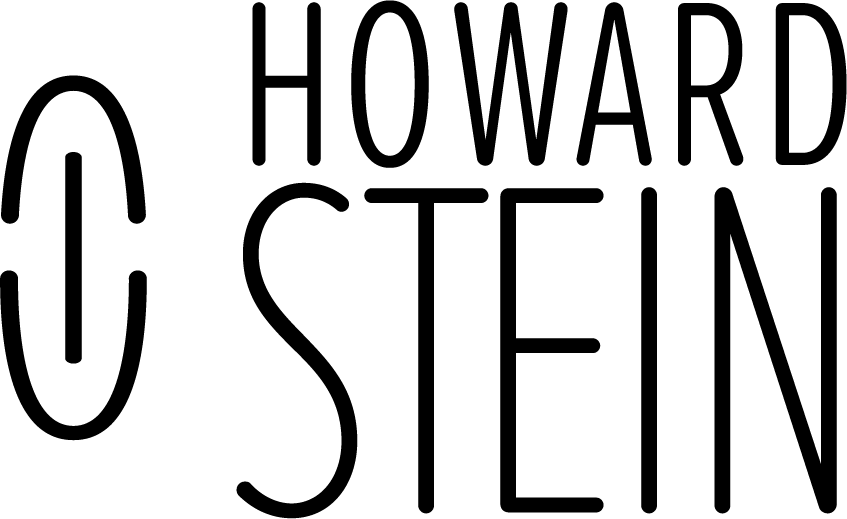I’m ten days out of my second cataract surgery. My eye scratches, wells with tears.
“Oh, don’t worry, “ said the non-medical world I encountered. ‘My sister was at the movies the same afternoon.” “My uncle went out for lunch straight from the hospital.”
Not me
Eight months before we were satisfied the left eye had settled, the cataract was removed from the right I’ve had a life of eyes.
I want to talk about photography and design, taking photographs daily,
My battered Canon has run around the clock twice, the display now showing twenty thousand, six hundred and ninety pictures taken in three years. I go nowhere without a camera, even at night, and every picture is taken observing design. By that I mean I am not a “decisive moment” kind of photographer. I am a “decisive arrangement” photographer. If there is a difference. The distinctions change when one sees in soft borders. Details can get in the way. Prevent one from seeing the picture as a whole. There is a trick one is taught in art school, to screw up one’s eyes, blurring the artwork, so that one can see the compositional shapes without interference from small details. All quality art stands up to this scrutiny. One never forgets this, so seeing naturally this way, design discipline had the opportunity to mature, and my visual work, my hobby, habit, and profession, benefitted enormously.
What makes me a designer-photographer is that the more my vision failed, the more my pictures framed design. Abstraction rules, even when it appears content is king. I photographed light and dark, shape, color, contrast, brightness, and arrangement. Better work came as a result of having some distance; it is easier to frame from across the street than to be in the crush of a crowd. In addition I became absorbed in reflections, window reflections at street level. Standing close to a window, I am looking through multiple realities. The glass plane facing the street, the interior behind the glass, the reflection of the street behind me, combined with activity of the city. Much to absorb, very quickly. Light, shape, speed. It’s like life, but faster. This is more akin to a river, than the hard-stopping edges of a city like New York. This work, a natural collage, is often mistaken for being created in Photoshop. Instead, it is one sixtieth of a second. If I stop to ask why I pay such intense continuous attention to these subjects, it is because the world is generous to me, unfolding and revealing, concealing, ever changing, and my work is to stop momentarily and give part of it recognition. When I know the shot is good, under my breath, I say thank you.
Cataracts darken the world, muddy colors, and blur texture. Detail disappears. Taking pictures this way means I only see details later, at my computer. One period of fairly good vision was during my fine art and design studies. We were trained to look harder, more critically, to think with rigor, and look again. The subsequent decades of daily practice have honed my discernment, and although long periods of not seeing well has had its moments of bother, my brain has learned to use the tune of my eyes to make a kind of music that is personal, in some sense profound, and of professional grade. I became delighted, at some stage to find that some blurred pictures possessed the very essence of place and mood, more revealing than a sharp picture, and a new body of work was born, the deliberate blur as tool. Bodies of work get thrown into the soil. Doing artists’ work is filling the stage and emptying the stage. Each time it is done, it is carved more finely, succeeding, failing, often just out of control. The best work happens when I get out of the way.


A cataract is a clouding of the lens inside the eye which leads to a decrease in vision. It is the most common cause of blindness and is conventionally treated with surgery. Visual loss occurs because opacification of the lens obstructs light from passing and being focused on to the retina at the back of the eye.-:,’
Visit our very own web-site too
http://www.healthwellnessbook.com
I love your postings, Howard. You’re able to communicate your thoughts, feelings, and ideas so clearly, and your images are quite beautiful. Thank you!
When I read about your cataract surgery, I thought about how young you are to be needing it. I, too, will probably undergo eye surgery, a vitrectomy, in the coming weeks. This follows laser surgery for retinapexys in both eyes a few years back.
For me, as a designer and artist, my sense of vision is such a big part of who I am and what I value. I pray I can hold on to seeing the world up close and personal and from near to far, for the duration of my life.
We must place so much faith in our doctors, nurses, and the miracles of medicine. We adjust as we must, and it seems you are making the best of what life doles out. Perhaps these changes are blessings in disguise?